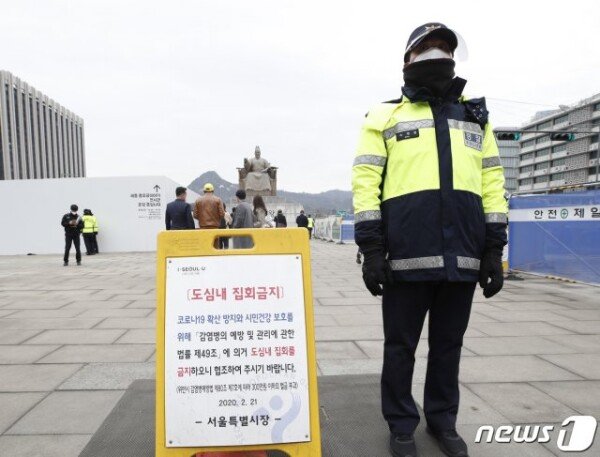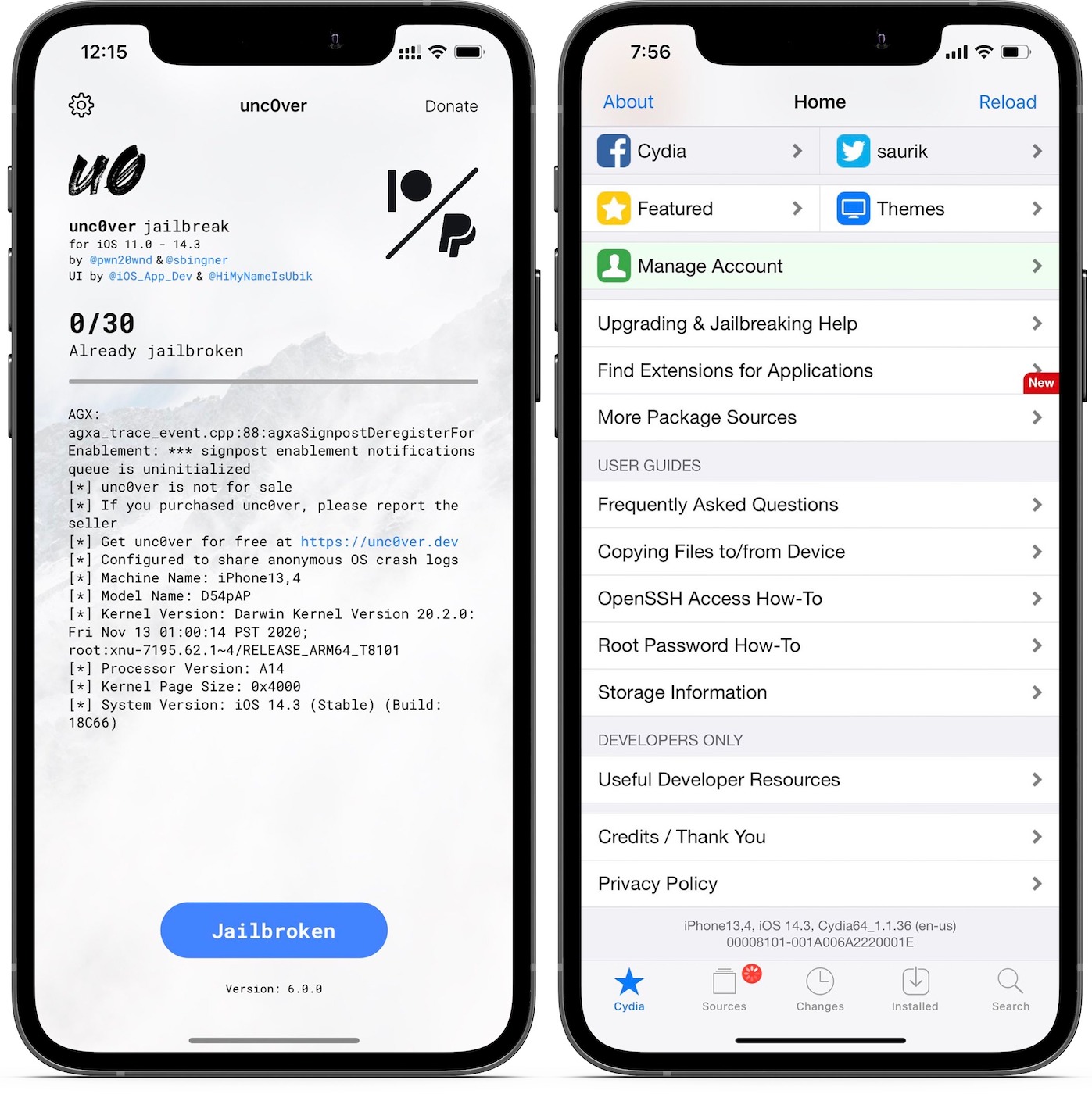A Brazilian Earth Observation satellite flew into space aboard an Indian rocket on Saturday evening (February 27) with 18 passenger satellites from the United States and India.
The launch of the Indian Space Research Organization (ISRO), which brought The Brazilian Amazonia-1 satellite in orbit, lifted off at 11:54 p.m. EST Saturday (0054 GMT or 1024 local time Sunday) from the Satish Dhawan Space Center in Sriharikota, India. An ISRO Polar Satellite Launch Vehicle (PSLV) transported the Amazon-1 and 18 smaller satellites into space using a ‘DL’ variant with two strap boosters, said ISRO in a description of the mission.
“The satellite is in very good health,” ISRO President K. Sivan said after the launch. “The solar panels have deployed and it is working very well. “
In photos: India launches RISAT-2B terrestrial imaging satellite
–
Amazonia-1 is optimized to observe the cloud-covered region of its namesake, the Amazon rainforest, as it has infrared capabilities that allow it to look at the forest cover regardless of the weather. Brazil plans to use the satellite to “alert to deforestation” in the region, said the Brazilian National Institute for Space Research (INPE) in a description of the Amazonia 1 mission.
The satellite is also Brazil’s first independently designed, built and operated satellite, which officials in the country have lauded after reaching orbit.
“This satellite has a very important mission for Brazil,” said Marcos Pontes, Brazilian Minister of Science, Technology and Innovation, who is also the country’s first astronaut (he flew to the International Space Station in 2006). “It represents a new era in Brazilian industry for the development of satellites in Brazil. “
Deforestation is an ongoing concern not only for the region’s unique flora and fauna, which are irreplaceable once extinct, but also for the health outcomes of residents. Back in August 2019, smoke from forest fires in the Amazon transformed São Paulo’s normal daytime hours into a smog-filled afternoon of darkness, amid a larger state of emergency in the Brazilian state of Amazonas.
The other 18 satellites include a mix of Indian and American craft. Satellites built in India include Satish Dhawan SAT (which studies radiation, space weather and communications), the UNITYsat trio (for radio relay) and a technology demonstration satellite called SindhuNetra.

–
–
The Americans include another technology demonstrator called SAI-1 NanoConnect-2, and 12 “SpaceBees” from Swarm Technologies, part of a larger constellation the company is building in low earth orbit.
The launch of the PSLV was the first of 2021 and the third flight in the history of the PSLV-DL variant, ISRO said in his mission statistics. The PSLV carried out more than 53 flights in total, in all variants.
Follow Elizabeth Howell on Twitter @howellspace. follow us sur Twitter @Spacedotcom and on Facebook.
–
45seconds is a new medium, do not hesitate to share our article on social networks to give us a solid boost. ????

